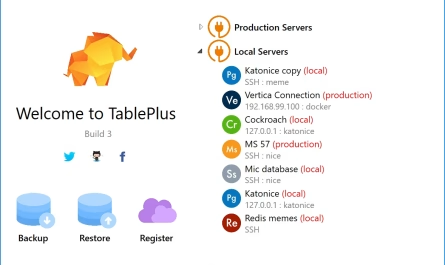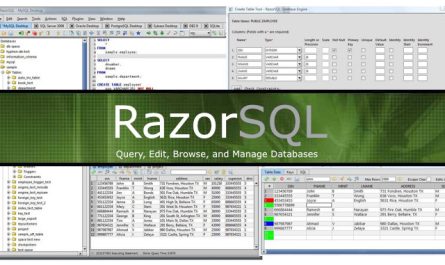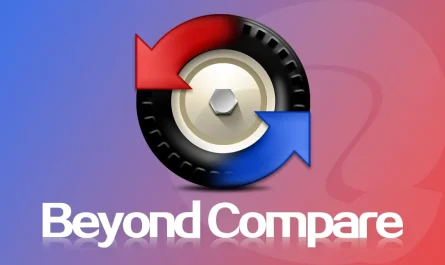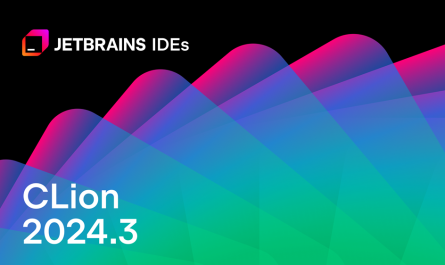For users searching for Windows statistical software, Minitab Statistical Software for Windows stands out as a powerful tool designed to simplify data analysis and support quality improvement initiatives. Minitab is widely used in industries for Six Sigma tools, statistical process control (SPC), and process optimization. Its user-friendly interface makes it accessible for beginners and professionals alike, offering features like regression analysis, hypothesis testing, ANOVA, and control charts. Those interested can opt for a Minitab free trial to explore its capabilities or download Minitab Statistical Software full version with a Minitab license. Beyond its core features, Minitab excels in data visualization with tools like Pareto charts and graphs, helping users make data-driven decisions. For businesses focused on quality control or analytics for Six Sigma, Minitab’s statistical package is a reliable choice, though its Minitab price may prompt users to explore alternatives. Also, check out IBM SPSS Statistics Software.
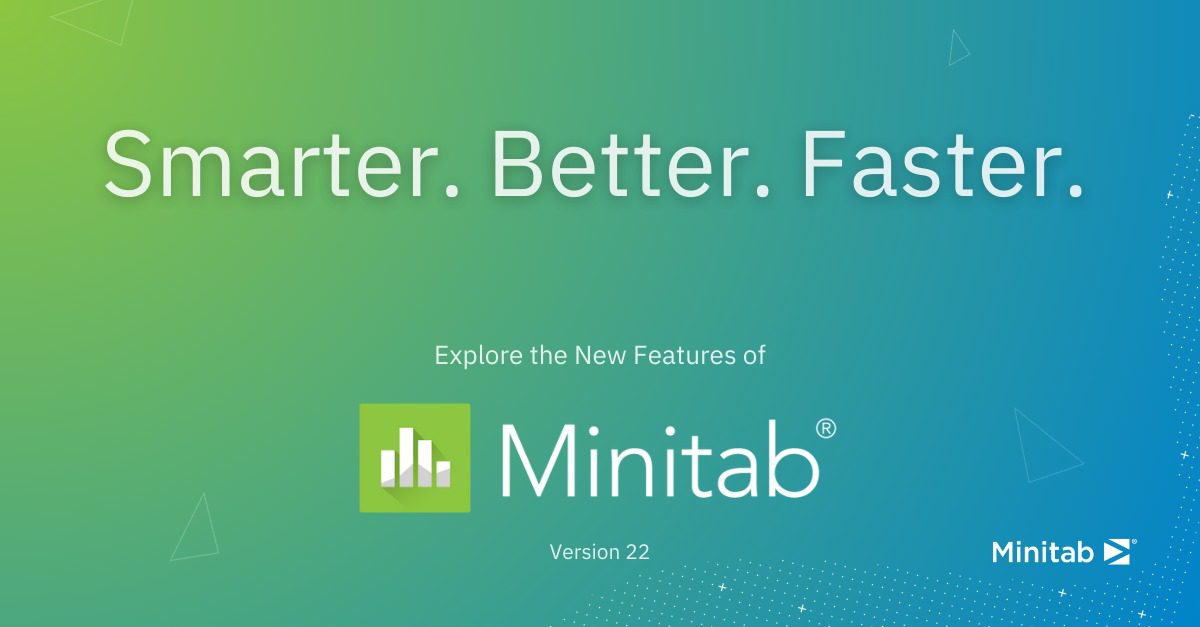
Minitab Statistical Software Full Version Free Download Screenshots:
If you’re hesitant about the cost or looking for free statistical tools, there are several Minitab alternatives worth considering. Open-source options like R programming, Python Pandas, JASP, PSPP, jamovi, and NumeRe provide robust statistical computing capabilities without the price tag. For instance, R programming is highly customizable and supports advanced statistical modeling, while Python Pandas is ideal for data analytics and machine learning platforms. Similarly, JASP and jamovi offer intuitive interfaces for hypothesis testing and data visualization, making them great for students or small businesses. Tools like Excel Data Analysis are also accessible for basic statistical analysis, though they lack the depth of dedicated SPC software. These open-source analytics tools are excellent for users who need flexibility without committing to a paid statistical software like Minitab or SPSS.
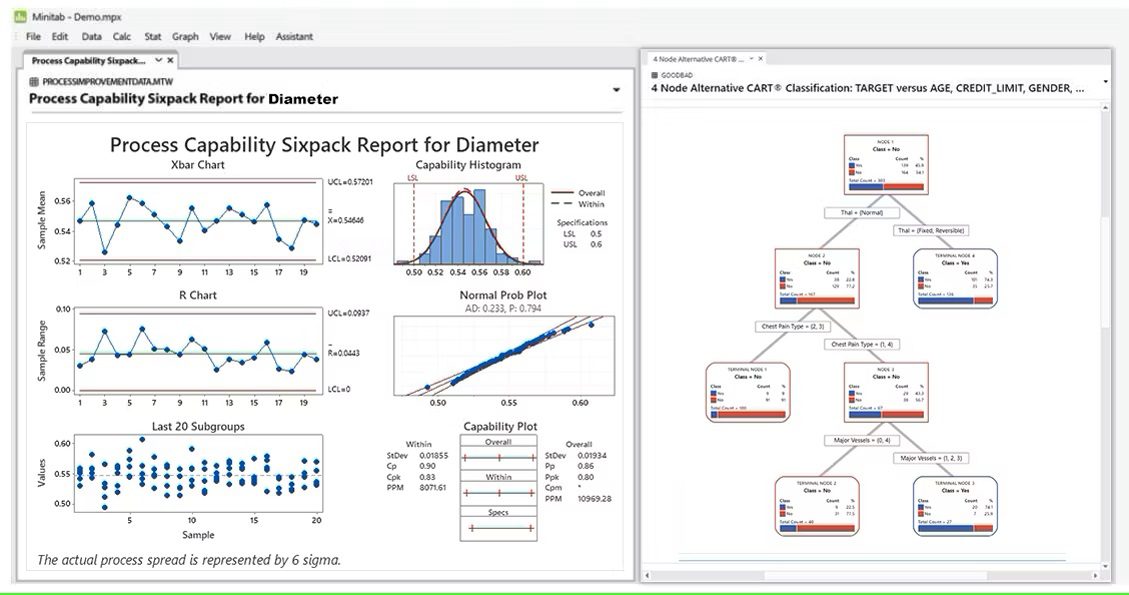
For those needing more advanced or specialized tools, options like SAS, Stata, JMP, MATLAB, SigmaXL, Weka, and XLSTAT cater to specific needs in business intelligence, predictive analytics, or data mining. For example, SAS and Stata are popular in academic and corporate settings for DOE software and statistical modeling, while JMP is known for its interactive visualization tools. If your focus is on cloud-based analytics, platforms like Tableau, Qlik Sense, RapidMiner, and Orange offer seamless integration with data analytics workflows. These tools support process improvement and quality improvement software needs, often with more modern interfaces than traditional statistical packages. However, they may require a learning curve compared to Minitab’s straightforward approach, especially for Six Sigma tools or SPC software applications.
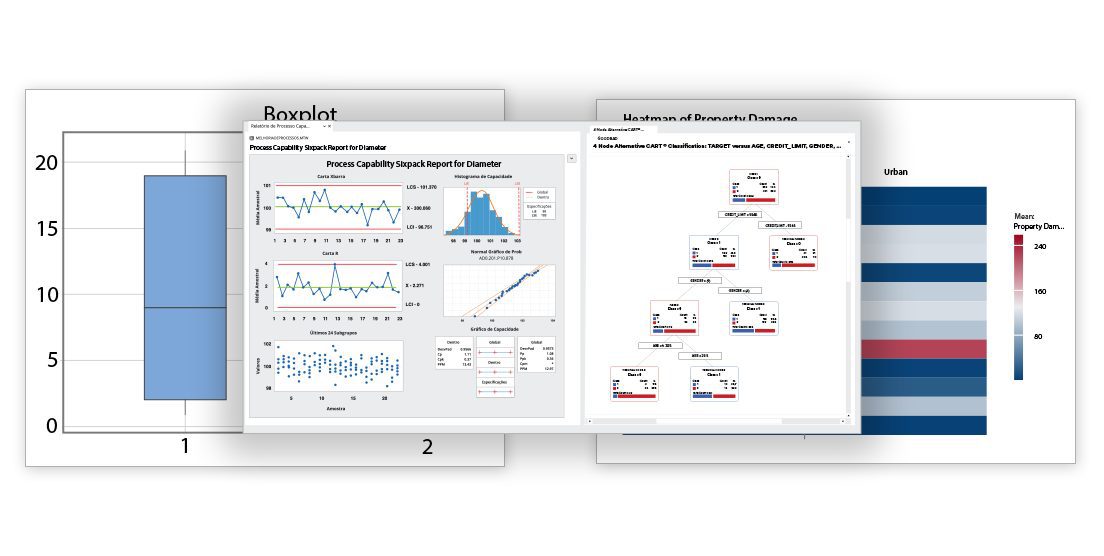
Choosing the right analytics platform depends on your goals, budget, and expertise. If you’re focused on statistical process control or Six Sigma, Minitab for Windows remains a top choice due to its specialized features and ease of use. For those exploring free statistical tools, R programming, Python Pandas, or jamovi provide cost-effective solutions with strong community support. If visualization is key, Tableau or Qlik Sense can enhance your data visualization efforts. Before committing, test options like the Minitab free trial or explore Minitab download options to see if it fits your needs. Alternatively, platforms like RapidMiner or Weka can support machine learning and predictive analytics for more advanced users. By aligning your choice with your data-driven decision-making goals, you can find the perfect Windows statistical software to drive process optimization and success.
The Features of Minitab Statistical Software Full Version:
- Assistant:
Measurement systems analysis
Capability analysis
Graphical analysis
Hypothesis tests
Regression
DOE
Control charts - Graphics:
Binned scatterplots, boxplots, charts, correlograms, dot plots, heatmaps, histograms, matrix plots, parallel plots, scatterplots, time series plots, etc.
Contour and rotating 3D plots
Probability and probability distribution plots
Automatically update graphs as data change
Brush graphs to explore points of interest
Export: TIF, JPEG, PNG, BMP, GIF, EMF - Basic Statistics:
Descriptive statistics
One-sample Z-test, one- and two-sample t-tests, paired t-test
One and two proportions tests
One- and two-sample Poisson rate tests
One and two variance tests
Correlation and covariance
Normality test
Outlier test
Poisson goodness-of-fit test - Regression:
Linear regression
Nonlinear regression
Binary, ordinal and nominal logistic regression
Stability studies
Partial least squares
Orthogonal regression
Poisson regression
Plots: residual, factorial, contour, surface, etc.
Stepwise: p-value, AICc, and BIC selection criterion
Best subsets
Response prediction and optimization
Validation for Regression and Binary Logistic Regression - Analysis of Variance:
ANOVA
General linear models
Mixed models
MANOVA
Multiple comparisons
Response prediction and optimization
Test for equal variances
Plots: residual, factorial, contour, surface, etc.
Analysis of means - Measurement Systems Analysis:
Data collection worksheets
Gage R&R Crossed
Gage R&R Nested
Gage R&R Expanded
Gage run chart
Gage linearity and bias
Type 1 Gage Study
Attribute Gage Study
Attribute agreement analysis - Quality Tools:
Run chart
Pareto chart
Cause-and-effect diagram
Variables control charts: XBar, R, S, XBar-R, XBar-S, I, MR, I-MR, I-MR-R/S, zone, Z-MR
Attributes control charts: P, NP, C, U, Laney P’ and U’
Time-weighted control charts: MA, EWMA, CUSUM
Multivariate control charts: T2, generalized variance, MEWMA
Rare events charts: G and T
Historical/shift-in-process charts
Box-Cox and Johnson transformations
Individual distribution identification
Process capability: normal, non-normal, attribute, batch
Process Capability SixpackTM
Tolerance intervals
Acceptance sampling and OC curves
Multi-Vari chart
Variability chart - Design of Experiments:
Definitive screening designs
Plackett-Burman designs
Two-level factorial designs
Split-plot designs
General factorial designs
Response surface designs
Mixture designs
D-optimal and distance-based designs
Taguchi designs
User-specified designs
Analyze binary responses
Analyze variability for factorial designs
Botched runs
Effects plots: normal, half-normal, Pareto
Response prediction and optimization
Plots: residual, main effects, interaction, cube, contour, surface, wireframe - Reliability/Survival:
Parametric and nonparametric distribution analysis
Goodness-of-fit measures
Exact failure, right-, left-, and interval-censored data
Accelerated life testing
Regression with life data
Test plans
Threshold parameter distributions
Repairable systems
Multiple failure modes
Probit analysis
Weibayes analysis
Plots: distribution, probability, hazard, survival
Warranty analysis - Power and Sample Size:
The sample size for estimation
The sample size for tolerance intervals
One-sample Z, one- and two-sample t
Paired t
One and two proportions
One- and two-sample Poisson rates
One and two variances
Equivalence tests
One-Way ANOVA
Two-level, Plackett-Burman and general full factorial designs
Power curves - Predictive Analytics:
CART Classification
CART Regression
Random Forests Classification
Random Forests Regression
TreeNet Classification
TreeNet Regression - Multivariate:
Principal components analysis
Factor analysis
Discriminant analysis
Cluster analysis
Correspondence analysis
Item analysis and Cronbach’s alpha - Time Series and Forecasting:
Time series plots
Trend analysis
Decomposition
Moving average
Exponential smoothing
Winters’ method
Auto-, partial auto-, and cross-correlation functions
ARIMA - Nonparametrics:
Sign test
Wilcoxon test
Mann-Whitney test
Kruskal-Wallis test
Mood’s median test
Friedman test
Runs test - Equivalence Tests:
One- and two-sample paired
2×2 crossover design - Tables:
Chi-square, Fisher’s exact, and other tests
Chi-square goodness-of-fit test
Tally and cross-tabulation - Simulations and Distributions:
Random number generator
Probability density, cumulative distribution, and inverse cumulative distribution functions
Random sampling
Bootstrapping and randomization tests - Macros and Customization:
Customizable menus and toolbars
Extensive preferences and user profiles
Powerful scripting capabilities
Python integration
R integration
How to download and install IBMMinitab Statistical Software on Windows:
- First, download Minitab Statistical from the link below.
- First, you must download Minitab Software from the link.
- After downloading, please use WinRAR to extract.
- Now, you have installed your Minitab Statistical software on Windows.
If you wish to download the Minitab Statistical program, share it with your friend and follow the direct download link.



